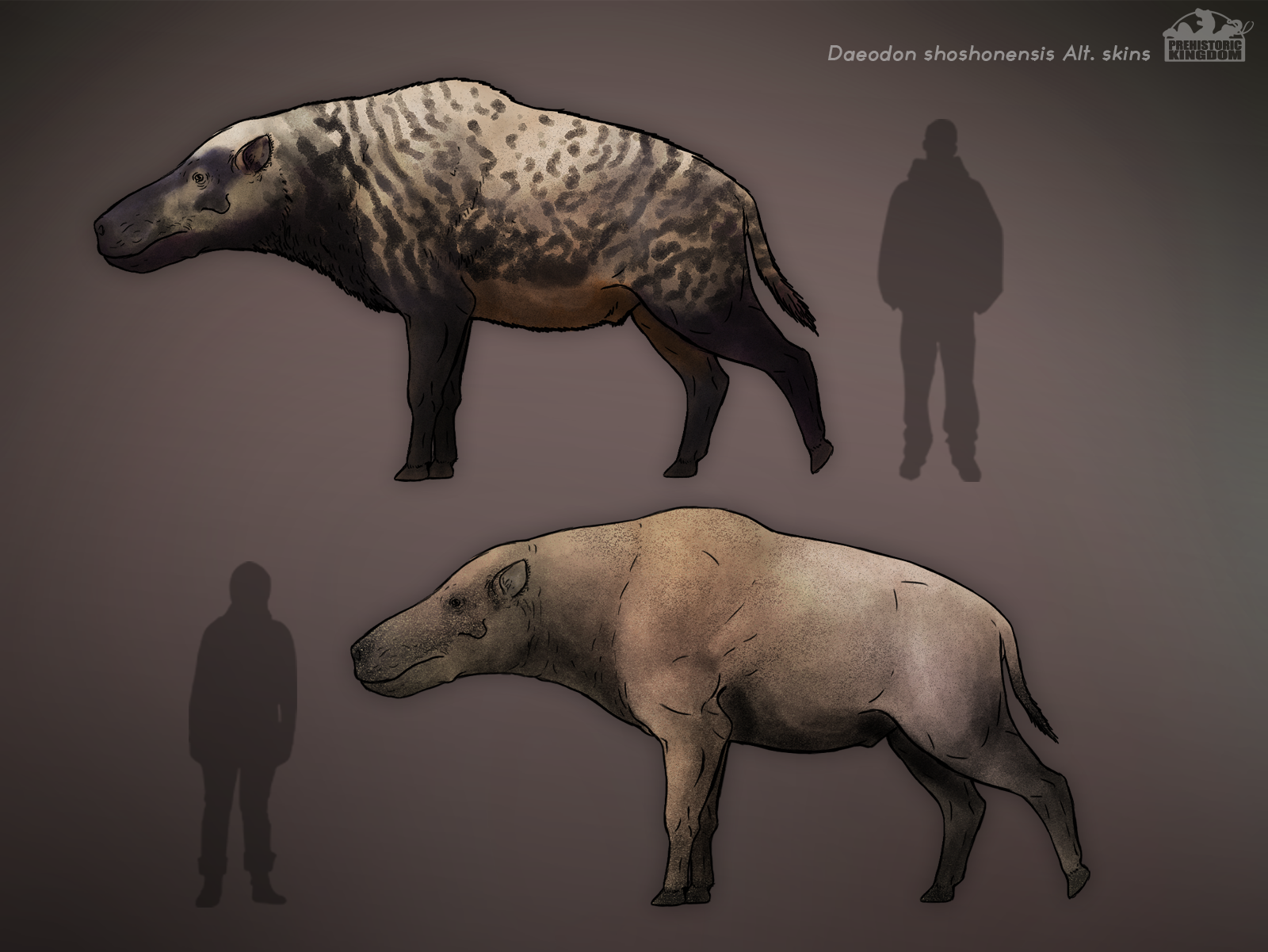

Nevertheless, there are a good number of things here that are of broader interest. Monographs are, by their nature, in-depth and detail-oriented, and for that reason the bulk of the information the monograph ( Naish & Cau 2022) contains – concerning the detailed osteology of Eotyrannus – is not all that gee-whiz for people who aren’t involved in technical work on theropod osteology or the diversity, taxonomy and distribution of Wealden dinosaurs. To those who helped: you’re listed in the acknowledgments ( Naish & Cau 2022), and I hope I didn’t forget anyone. Finally, the publication of the work required the raising of funds, and I’m pleased to say that a list of friends, colleagues, associates and organisations helped with this, as did my own Patreon supporters. Whatever, I own a massive debt of thanks to my former mentors, associates, advisors and colleagues at the University of Portsmouth (Dave Martill in particular), to the staff at the former Museum of Isle of Wight Geology and Dinosaur Isle (Steve Hutt, Martin Munt, Alex Peaker and others), and to Andrea for his assistance and co-operation. Work of this sort simply isn’t consistent with life in general, unless you’re specifically employed to do it. All I’ll say for now is that I’ve hated every minute of it, considered giving up on many occasions, and now fully understand why many researchers take decades to complete monographic studies. But I’ve opted not to do that, partly because it’s tedious and niche, partly because it’s under-the-hood stuff you don’t need to hear, and partly because it sounds like whining. My initial plan for the TetZoo article you’re reading here was to provide a bulletined list of the trials and tribulations the work went through on its way to publication. (2001), published in Cretaceous Research – appeared eventually, and the UK’s newest dinosaur – Eotyrannus lengi Hutt et al., 2001 – received its time in the limelight. That’s a tall order (and no way to do science), but we managed it.

A technical paper was hastily put together, the plan being that it really had to be in the system (if not published outright) prior to the completion of the in-prep book Dinosaurs of the Isle of Wight (Martill & Naish 2001) and to the 2001 opening of Dinosaur Isle museum, the replacement for the cramped, tiny former museum. A relationship with the University of Portsmouth’s School of Earth and Environmental Sciences (where I was based as an MPhil student) led to collaboration with the university’s Dave Martill and Mike Barker – both involved in Wealden research at the time – and ultimately to me too. It was sensational, and the Museum of Isle of Wight’s then-curator Steve Hutt realised what a big deal it was. In 1997, a new Wealden theropod specimen was discovered in the Wessex Formation by amateur collector Gavin Leng.


 0 kommentar(er)
0 kommentar(er)
